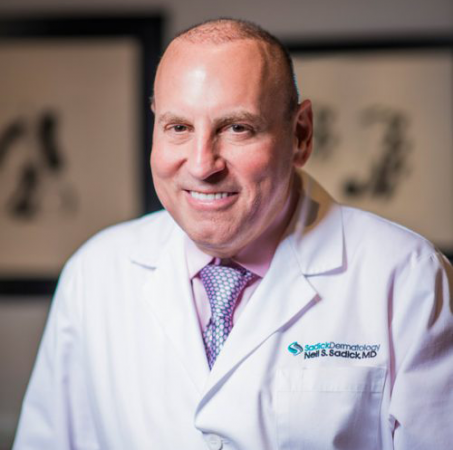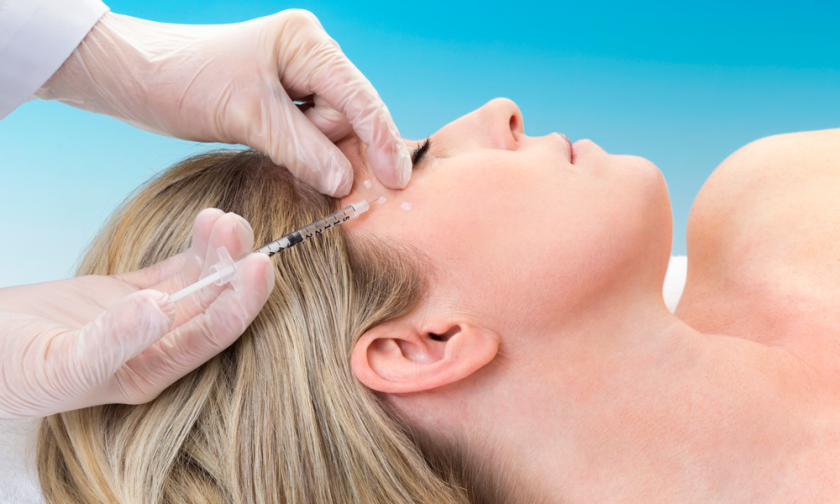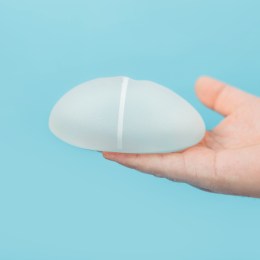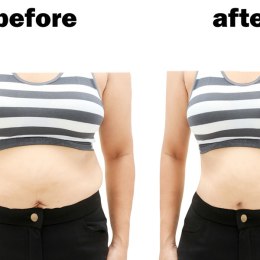It’s time to ban the “F” word in cosmetic enhancement procedures – “fillers” that is, according to a leading New York dermatologist.
Dr Neil Sadick, whose clinic is on prestigious Park Ave in Manhattan, says that “spot filling” facial features is not only an outdated method of cosmetic injecting but is not in the interests of achieving the best or long-lasting aesthetic results for patients.
Speaking to SPA+CLINIC ahead of the annual Cosmetex* conference (which starts today at Sydney’s Hilton Hotel), Dr Sadick said we are entering a new era of aesthetic injecting, where doctors and specialist nurses will take a “4D” approach to facial ageing treatments:
- Protection
- Promotion of cell turnover
- Collagen stimulation/remodelling
- Volume remodelling
We’ll start with Point 4, as this is where the “F” word comes in – or, rather, goes out.
Dr Sadick studied this editor’s face intently (as I wished I’d worn a paper bag on my head) and told me that use variously of hyaluronic acid fillers (think brand names Restaylne, Juvederm) and poly-L-lactic acid formulas (such as Sculptra**, the filler that “grows on you”) at the temples, mid-face and lower third of my face would “change my life”. To put it more formally …
“The key goal in employing new-generation fillers is the pan-facial structural approach based on the pathophysiology of the ageing process and involves both superficial and deep tissue layers,” says Dr Sadick.
“An updated approach is to volumetrically replete the depleted fat pads on the upper, middle and lower third of the face. “Based on research these zones are the temple, mid-facial area and mandible.
“The second component to the treatment is to customise more superficial dermal/subcutaneous injections into specific areas of volume loss to produce facial contouring according to both physician evaluation and patient desires.
“This pan-facial structural approach has been termed volumetric structural rejuvenation (VSR).”
Dr Sadick explained that these measures, as well as contouring facial features to more pleasing and youthful-looking proportions “produces significant upregulation of cytokines associated with dermal remodelling [which brings us to Point 3] and allows the patient to have longstanding results while economising on the amount of agents employed.”

Dr Sadick emphasised that these treatments need to begin before the ageing process seriously kicks in – perhaps as soon as the early 20s, especially for folk in a harsh climate like Australia’s that promotes premature ageing.
He calls this early intervention “prophylaxis” – a treatment or intervention given to prevent a condition from occurring. In this case the appearance of ageing; ergo, no need for anti-ageing!
PURGE PIGMENTATION
It’s all well and good (and highly desirable!) to have beautifully sculptured features and skin that is all but free of lines and wrinkles, courtesy dermal fillers and neurotoxins, but numerous social studies and surveys have shown that skin mottled by pigmented discolourations is deemed a greater marker of an aged appearance.
And, again, here in our harsh climate, hyperpigmentation (whether caused by sun damage, hormonal imbalances or a host of other factors) is one of Australians’ key skin concerns.
The possible solutions are almost as endless as the causes of pigmentation itself. But being the unpredictable condition that it often is – especially in the case of the notoriously-hard-to-treat melasma – some of the “solutions” can actually make the condition worse than before, and perhaps irreversible.
Dr Sadick highly recommends a new-generation laser treatment called Enlighten, which he has been using in his clinic for a year.
It is pico-second laser technology, which is “acoustic” based and generates no heat. It is ideal for treatment of both pigmentation and tattoo removal of all colours.
“With many laser and light-based treatments that generate heat, there is a risk of rebound inflammation that can make the pigmented areas even darker, or cause new ones,” he says.
“There are so many variables – a patient’s skin type and colouring, their age and state of health, the experience of the operator in choosing the right modality.
“I have had excellent results with Enlighten. It alternates between short and long energy pulses; the longer pulses break up the most stubborn discolourations [or tattoos] while the shorter pulses help disperse them.”
A further feature of Enlighten is that it helps rejuvenate the skin via collagen remodelling (harking back to Point 3 again).
*Cosmetex is the largest annual cosmetic surgery and medicine conference in Australasia and is being held this year from Thursday, September 14 – Saturday September 16 at The Hilton, Sydney it is hosted by the Australasian College of Cosmetic Surgery (ACCS).
** Sculptra Aesthetic is FDA-approved and has been used worldwide since 1999. It contains a synthetic material calledpoly-L-lactic acid, which is a biocompatible, biodegradable substance that is gradually and naturally absorbed by the body and commonly found in dissolvable stitches. While immediate volumising results are seen, this is temporary due to the fluid injected but will give the patient an idea of results to eventually expect. The effects of Sculptra are gradual over weeks and months, as the formula stimulates new production of the skin’s own collagen and elastin to create the desired volumising effects. Optimum results are usually seen at six months.




